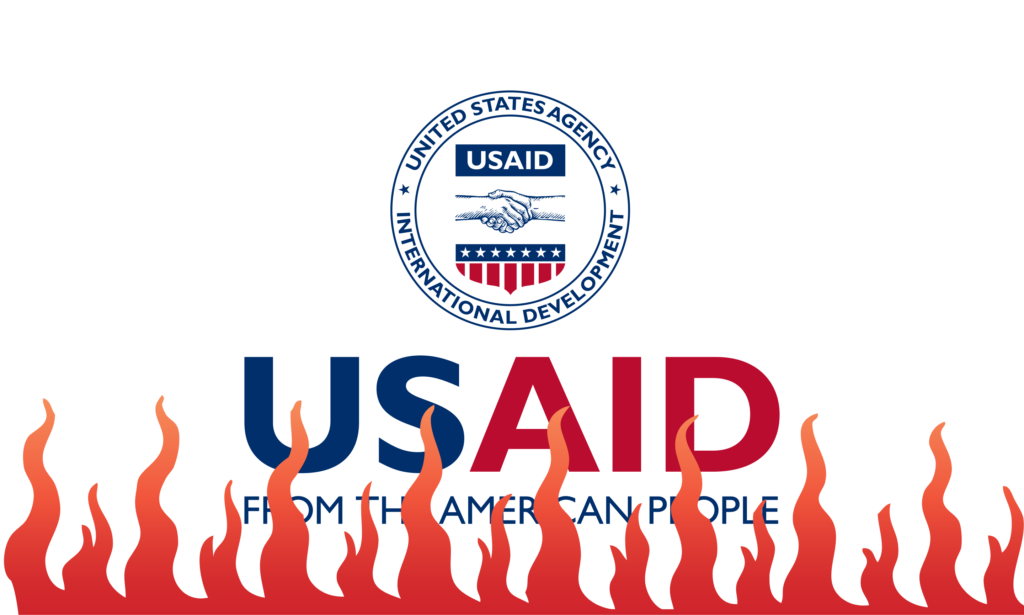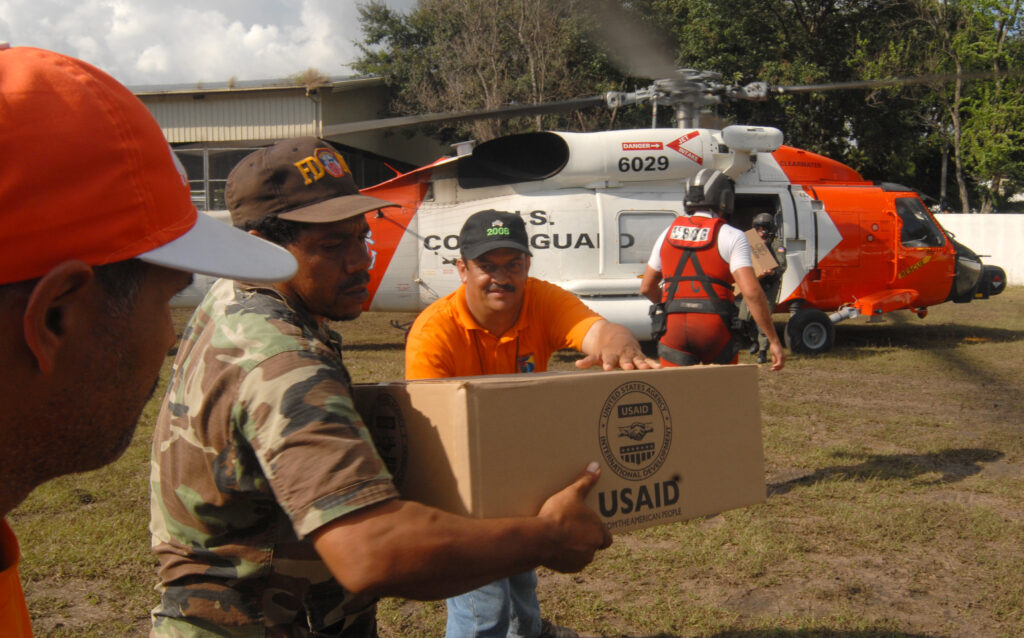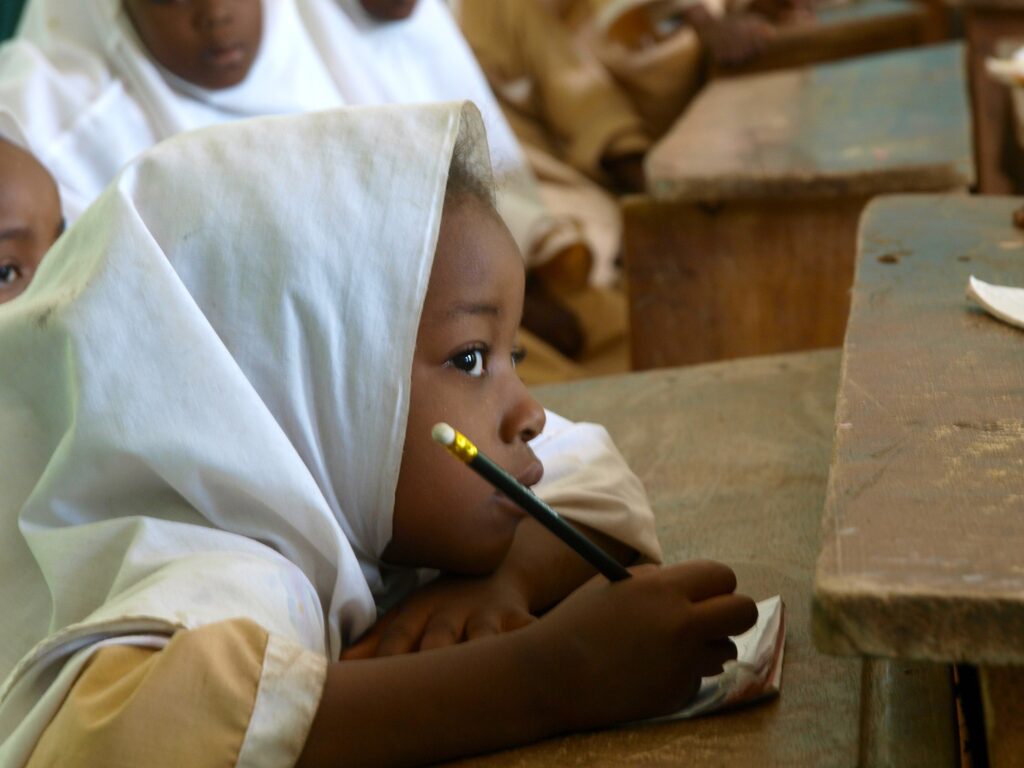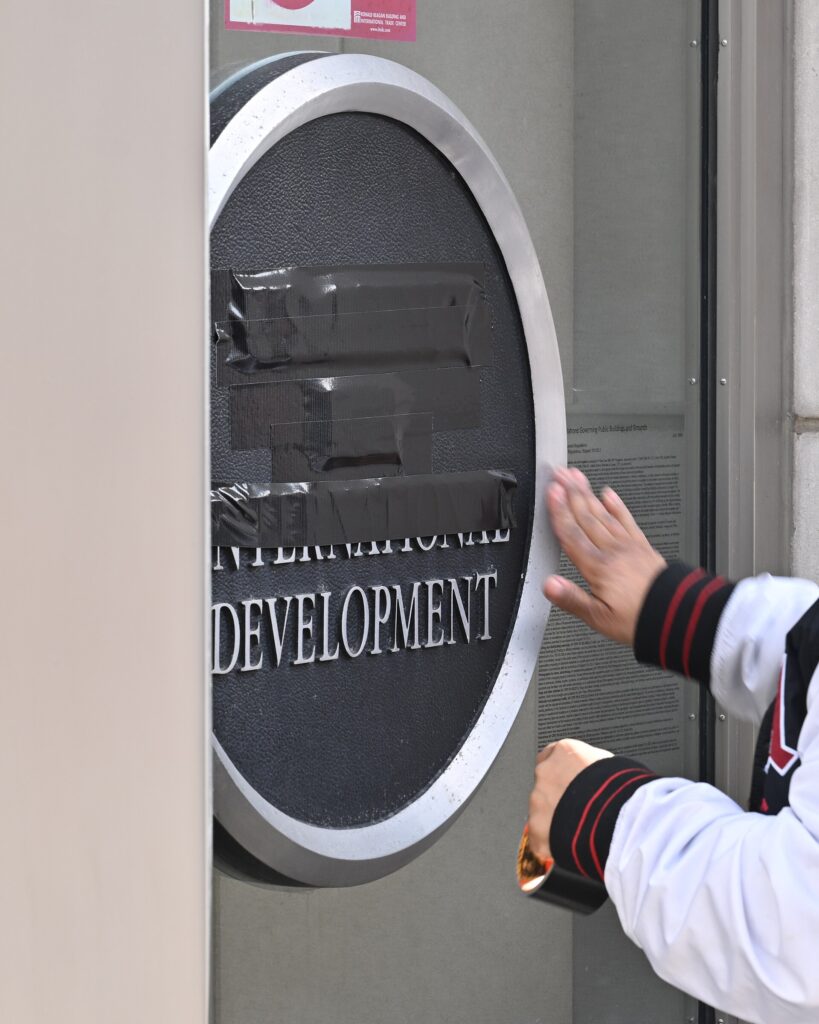
Understanding USAID: Its Role, Impact, and the Consequences of Foreign Aid Cuts
USAID plays a vital role in global development, providing humanitarian aid, disaster relief, and support for economic growth in struggling regions. However, past attempts to freeze or cut foreign aid, such as those proposed by the Trump administration, sparked significant backlash from human rights organizations, including Oxfam.
Foreign aid is a crucial tool in addressing global poverty, hunger, and inequality. Yet, proposals to slash funding or even dismantle USAID raised serious concerns about the impact on millions of vulnerable people worldwide. So, what exactly does USAID do, how much aid does the U.S. provide, and what are the consequences of reducing or eliminating these programs? Let’s dive in.

What is USAID and What Does It Do?
The U.S. Agency for International Development (USAID) is the primary government agency responsible for overseeing American foreign aid efforts. Established in 1961, USAID funds initiatives that provide food, clean water, medical aid, disaster relief, education, and economic support in developing countries.
Over the years, USAID has played a crucial role in reducing poverty, improving global health, and promoting stability, all while accounting for less than 1% of the U.S. federal budget. The agency has provided life-saving vaccines, supported sustainable farming, empowered women and girls, and strengthened communities facing crisis.
How Much Aid Does the U.S. Give to Other Countries?
Despite common misconceptions, U.S. foreign aid makes up a small fraction of government spending. In 2023, the U.S. allocated approximately $63 billion to international development and humanitarian efforts. Of this, only about 0.49% of the federal budget, roughly $105 per citizen, went toward poverty-focused programs through USAID.
Why Do Foreign Aid Cuts Matter?
Reductions in U.S. foreign aid could have devastating consequences for millions of people who rely on these programs. Aid supports communities affected by war, climate disasters, and economic instability. Without it, access to healthcare, food security, and education would decline, increasing global poverty and instability.
Foreign aid is more than just charity, it’s a strategic investment in a safer, more stable world. Maintaining strong international development programs ensures economic growth, prevents humanitarian crises, and strengthens diplomatic relations.
As global challenges continue to rise, the role of USAID remains as critical as ever. Ensuring continued funding and support for these programs is essential for creating a more just and equitable world.
How Has USAID Made an Impact?
USAID operates in numerous regions across the world, addressing critical issues such as HIV prevention, humanitarian crises, and post-war recovery. Its programs have provided life-saving support in places like the Democratic Republic of the Congo, Ukraine, and Southeast Asia. However, previous attempts to defund or dismantle USAID, such as those proposed under the Trump administration, have raised concerns about the future of these essential initiatives.
One of USAID’s long-standing efforts has been clearing landmines and unexploded ordnance in Southeast Asia-deadly remnants of the Vietnam War that have claimed tens of thousands of lives. USAID has provided medical care for those injured by these weapons and supported de-mining operations. However, experts estimate that it could take another century to fully clear the region, and funding cuts would severely hinder progress, leaving communities at risk.
Another vital initiative funded by USAID is the U.S. President’s Emergency Plan for AIDS Relief (PEPFAR), which has saved over 25 million lives since its launch in 2003. The program has been instrumental in providing HIV testing, treatment, and prevention services globally. In countries like Côte d’Ivoire, PEPFAR supplies 70% of the antiretroviral medication used by people living with HIV. If funding were to be cut, millions, including vulnerable children, could lose access to essential treatment, putting lives at risk and reversing decades of progress in combating the HIV epidemic.
These are just two examples of the many programs USAID supports. Cutting or eliminating the agency’s funding would have devastating consequences for communities that rely on its aid.

What Would Happen if USAID Were Shut Down?
The impact of halting U.S. foreign aid has already been seen in crisis zones. When the Trump administration temporarily froze foreign assistance for 90 days, humanitarian efforts in conflict-affected areas were immediately disrupted.
In eastern Congo, hundreds of thousands of people were forced to flee violence and sought refuge in Goma, a city with an already strained water and sanitation infrastructure. USAID-funded organizations that were providing clean water and emergency relief were forced to halt operations overnight. As a result, displaced people faced worsening conditions, increasing the risk of disease outbreaks such as the Mpox virus, which had already claimed many lives.
Although some essential aid was later restored, reports indicated that the administration intended to scale back USAID’s long-term development and humanitarian work. A full shutdown of the agency would create far-reaching consequences, leaving communities without life-saving assistance, damaging the U.S.’s global credibility, and reversing decades of humanitarian progress.
Foreign aid is not just about responding to crises, it plays a critical role in global stability, health, and development. The future of programs like USAID remains a pressing concern, as their work continues to save lives and build stronger, more resilient communities worldwide.

What Are the Biggest Concerns About These Aid Cuts?
Determining the most devastating consequences of slashing foreign aid is difficult because the impact would be widespread. However, some of the hardest-hit regions would include conflict-affected areas like Sudan, Yemen, the Democratic Republic of the Congo, Syria, and the Occupied Palestinian Territory, where millions of people already rely on humanitarian assistance for survival.
The reduction or elimination of aid would be especially catastrophic for displaced communities living in extreme poverty. Without access to clean water and sanitation, the risk of deadly waterborne diseases such as cholera would increase in refugee camps. The loss of funding for maternal health programs and childhood immunizations would leave mothers and children vulnerable to preventable diseases. Additionally, long-term development projects aimed at strengthening governance, improving education, enhancing public safety, increasing food security, and combating gender-based violence would be disrupted or abandoned altogether.
By cutting funding for these critical programs, fragile communities would face even greater instability, making it harder for them to recover from crises and break free from the cycle of poverty.
Foreign aid is not just an investment in humanitarian relief, it plays a key role in fostering global stability, security, and economic growth. The long-term consequences of these cuts would be devastating, not only for the people who depend on this assistance but also for the broader international community.
Looking for more aid and human rights resources? Explore The Global Humanitarian.
- The Difference Between Humanitarian Aid and Development Aid
- Best NGOs for Entry Level Jobs
- United Nations Volunteers Program
- How to Find Humanitarian Aid Jobs in 2025
- How to Get a Job at an International NGO
- Prioritization in Humanitarian Aid: Intelligence in the Face of Drastic Funding Cuts
Comment, subscribe, and follow me on Instagram @the.global.humanitarian
Please note: the views and opinions expressed on this blog are that of my own and do not represent the opinions of any agency mentioned.